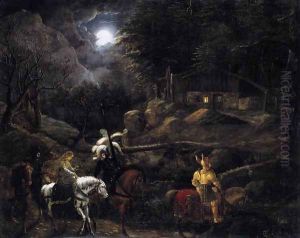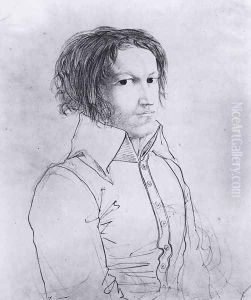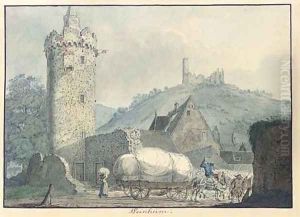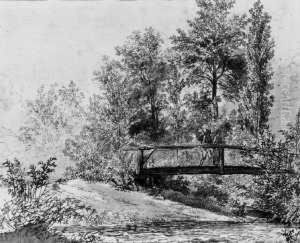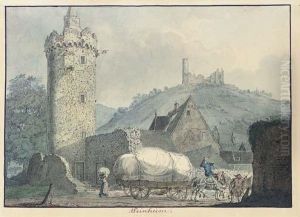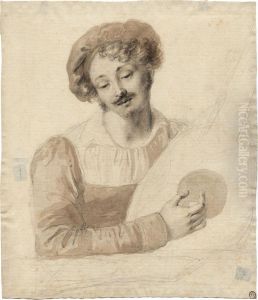Carl Philipp Fohr Paintings
Carl Philipp Fohr, also known as Karl Philipp Fohr, was a German Romantic painter, born on 26 November 1795 in Heidelberg, Germany. He is recognized for his landscape paintings and his association with the Heidelberg Romantic school. Fohr showed an early interest in art and was initially self-taught. He later received formal training at the Düsseldorf Academy, where he was influenced by the works of earlier Romantic painters.
Despite his short life, Fohr's artistic output was significant and his style distinctive. He often depicted the ruins and landscapes of the Rhineland, capturing the Germanic myths and ethos of his time. His drawings are characterized by their detailed precision and use of pen and ink, and he was adept at using washes to create atmospheric effects.
Fohr's work caught the attention of Grand Duchess Wilhelmine of Baden, who became his patron and provided him with a stipend to study in Rome. In Rome, Fohr became part of a group of German artists known as the 'Deutschrömer', and his work from this period reflects the influence of Italian landscape and classicism.
Tragically, Carl Philipp Fohr's promising career was cut short when he drowned in the Tiber River on 29 June 1818, at the young age of 22. His death was mourned by the artistic community in Rome and in Germany, where he had been regarded as a rising star. Although his oeuvre is relatively small due to his premature death, Fohr's work has been appreciated for its romantic sensitivity and contribution to the German Romantic movement.
